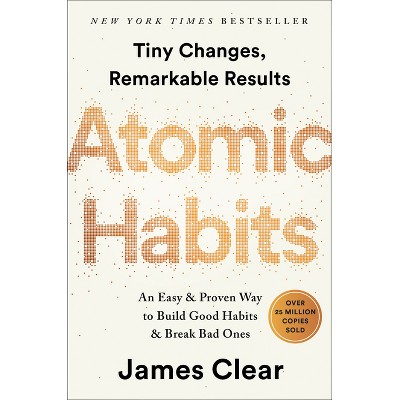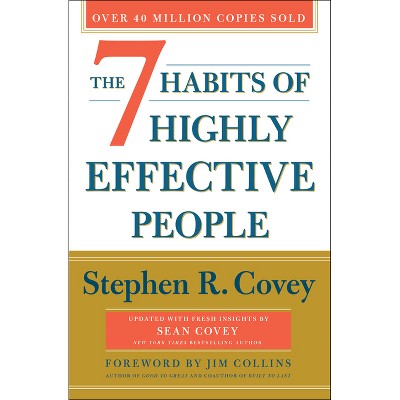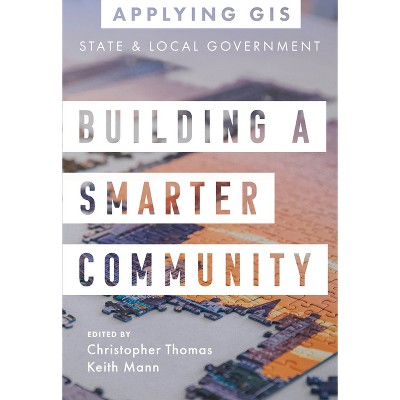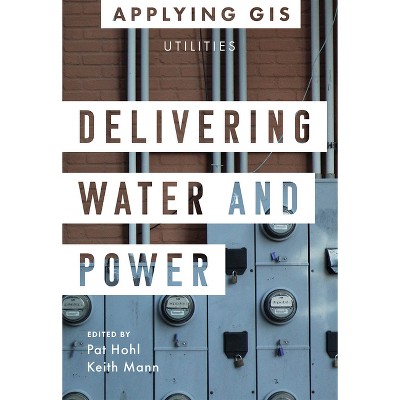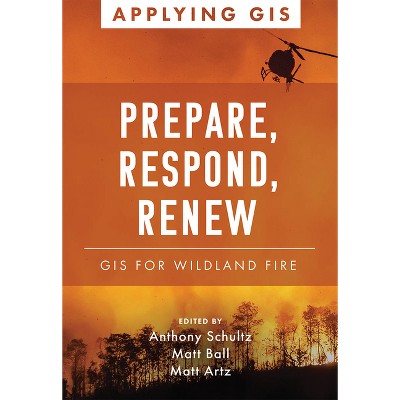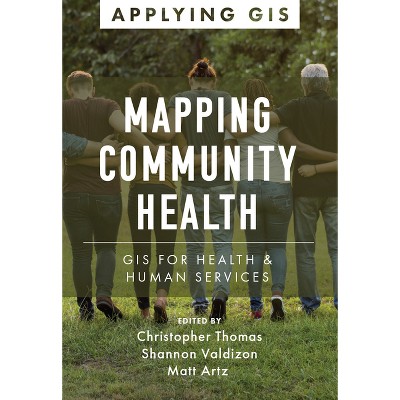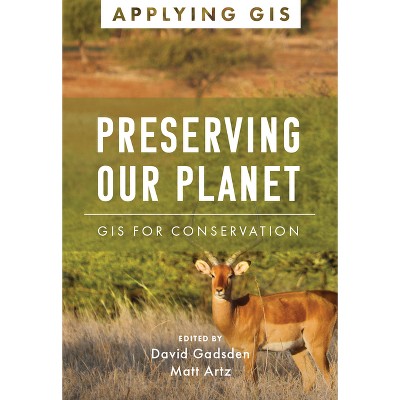Valuing Place and Purpose - (Applying GIS) by Brent Jones & Keith Mann (Paperback)

About this item
Highlights
- Valuing Place and Purpose: GIS for Land Administration shows how GIS is used to visualize, analyze, and administer land and property information, define acceptable use, conserve vulnerable landscapes, and protect disadvantaged communities and indigenous people.
- Author(s): Brent Jones & Keith Mann
- 120 Pages
- Freedom + Security / Law Enforcement, Land Use
- Series Name: Applying GIS
Description
About the Book
Valuing Place and Purpose: GIS for Land Administration shows how GIS is used to visualize, analyze, and administer land and property information, define acceptable use, conserve vulnerable landscapes, and protect disadvantaged communities and indigenous people.
--Keith MannBook Synopsis
Valuing Place and Purpose: GIS for Land Administration shows how GIS is used to visualize, analyze, and administer land and property information, define acceptable use, conserve vulnerable landscapes, and protect disadvantaged communities and indigenous people.
From the Back Cover
VALUING PLACE AND PURPOSE
GIS FOR LAND ADMINISTRATION
Improve land records, property valuation, sustainable development, and social stability.
Location intelligence is changing the way land administration works to protect and maintain appropriate land use and achieve better economic, environmental, and social benefits. The real-life stories in Valuing Place and Purpose: GIS for Land Administration show how communities, government agencies, nonprofits, and other organizations implement geographic information systems (GIS) in four key areas:
The book also includes a special section to help you get started using web apps, online maps, dashboards, and other GIS solutions to represent and understand the value of land and property and efficiently manage, edit, and share land parcel data more accurately.
Edited by Brent Jones, director of land administration industry solutions at Esri, and Keith Mann, Esri Press.
APPLYING GIS
The Applying GIS series explains how to become a spatial thinker, with ideas and strategies for building location intelligence into your profession, industry, or discipline. Each book is divided into relevant topic areas that include a set of case studies and suggestions for getting started with GIS.
--Keith Mann